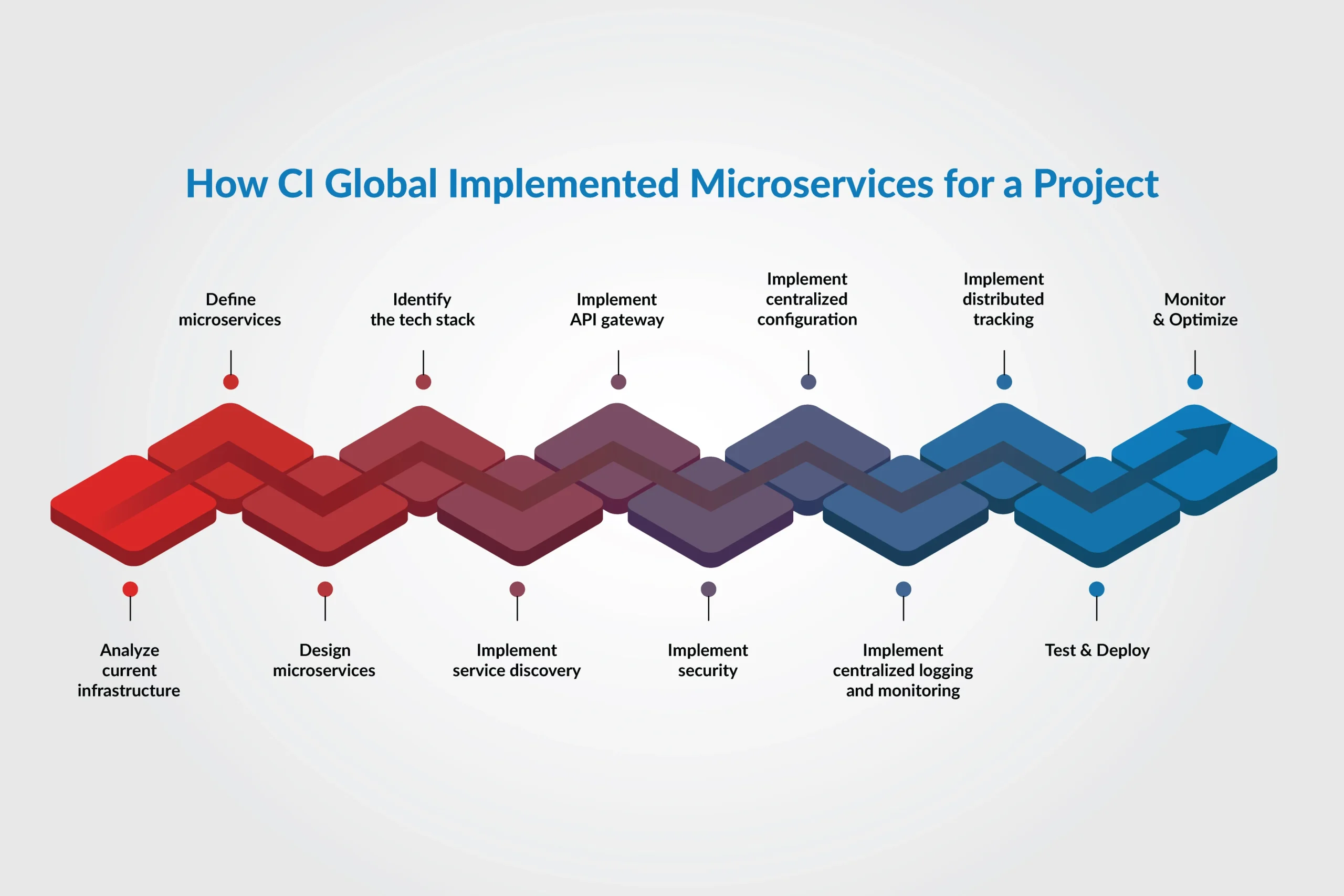What is Microservices Architecture?
Microservices Architecture is a modern way to design software where an application is split into small, separate parts called “services.” Each service handles a specific task or feature, working like building blocks that fit together. Unlike traditional big programs, these services can be developed and updated independently. This setup brings benefits such as faster development, as different teams can work on different services simultaneously. It also makes the application more flexible because each service can use the best tools. If one service fails, the whole application doesn’t break, which increases reliability. This approach is popular because it matches the fast-paced needs of today’s software world, where quick changes and efficient teamwork are key.
Why are Microservices most sought after?
Microservices architecture is gaining traction, and more companies are adopting it due to its innovative way of creating software. Imagine a puzzle where each piece is a separate part of the program – that’s how microservices work. People like it because it helps with making big software projects more manageable. Teams can work on different pieces at the same time, which speeds up development. It also makes the software flexible because each piece can be built using the best tools. If one piece has a problem, the whole software doesn’t break, making it more stable. This approach is like having a toolbox full of tools for different jobs instead of just one tool. In a fast-changing world where technology moves quickly, microservices help teams work better together and create adaptable and reliable software.
How CIG Implemented Microservices for a Project?

- CI Global aimed to enhance efficiency in the electronics company’s CRM software through microservices architecture.
- Challenges stemming from a complex monolithic application’s intricacy and agility limitations prompted CI Global to adopt a more modern approach.
- The transformation began by meticulously identifying distinct business functions of the electronics company and dismantling them into independent microservices.
- Each microservice operated autonomously with its own technology stack, whether for customer management, financial analytics, or reporting.
- This architectural shift allowed seamless scalability, enabling targeted resource allocation where needed.
- The change expedited development velocity, empowering teams to tackle separate microservices simultaneously.
- The outcome was heightened adaptability to market shifts, efficient resource utilization, and improved fault tolerance.
- This accomplishment laid the groundwork for future organizational projects, significantly reducing the need for comprehensive regression testing through the ability to build only the relevant changed parts.
Service Identification and Decomposition
During the transition of the legacy CRM solution to a microservices architecture, CI Global undertook a pivotal phase known as service identification and decomposition. In this critical stage, CI Global thoroughly examined the electronics company’s existing monolithic application. The primary goal was to identify discrete business functionalities and components that could be effectively isolated into individual microservices. This breakdown involved the creation of specialized microservices catering to various tasks, including user authentication, order processing, inventory management, and customer data management. Each microservice was crafted to encapsulate a distinct business function, fostering a sense of modularity and self-sufficiency. Adopting this approach streamlined the development process, empowering development teams to concentrate on specific microservices without inadvertently affecting others.
Deployment and Scalability
The adoption of microservices architecture by CI Global extended to the critical domains of deployment and scalability.. Each microservice was encapsulated by harnessing the capabilities of Docker containers, guaranteeing a uniform and dependable deployment experience across diverse environments. This containerized approach streamlined the deployment process and effectively mitigated potential inconsistencies that could arise.
Consequently, this methodology enabled CI Global to allocate resources prudently, a dynamic feature that resulted in optimized performance during heightened demand and efficient resource utilization during more subdued phases. The strategic incorporation of Docker into their framework facilitated a smooth deployment mechanism. This architectural shift rendered their CRM solution highly adaptable, resilient, and well-equipped to navigate the evolving landscape of market dynamics.
CI Global – Empowering Your Future with Agile Microservice
The transformation led by CI Global from a legacy CRM solution to a microservices architecture stands as a remarkable testament to their commitment to innovation and efficiency. Through careful service identification, decomposition, and strategic deployment, CI Global revitalized the electronics company’s CRM system and revolutionized its entire approach to software development. Installing microservices facilitated faster development cycles, enhanced scalability, and improved fault tolerance. This transition empowered CI Global to respond swiftly to market dynamics and customer needs, ultimately delivering a more agile, adaptable, and customer-centric CRM solution. To discover more about CI Global’s transformative services and how they can redefine your technological landscape, we invite you to contact our team today. Embrace the future of software solutions with CI Global.
